Home>diy>Planning & Engineering>What Is HVAC Zoning
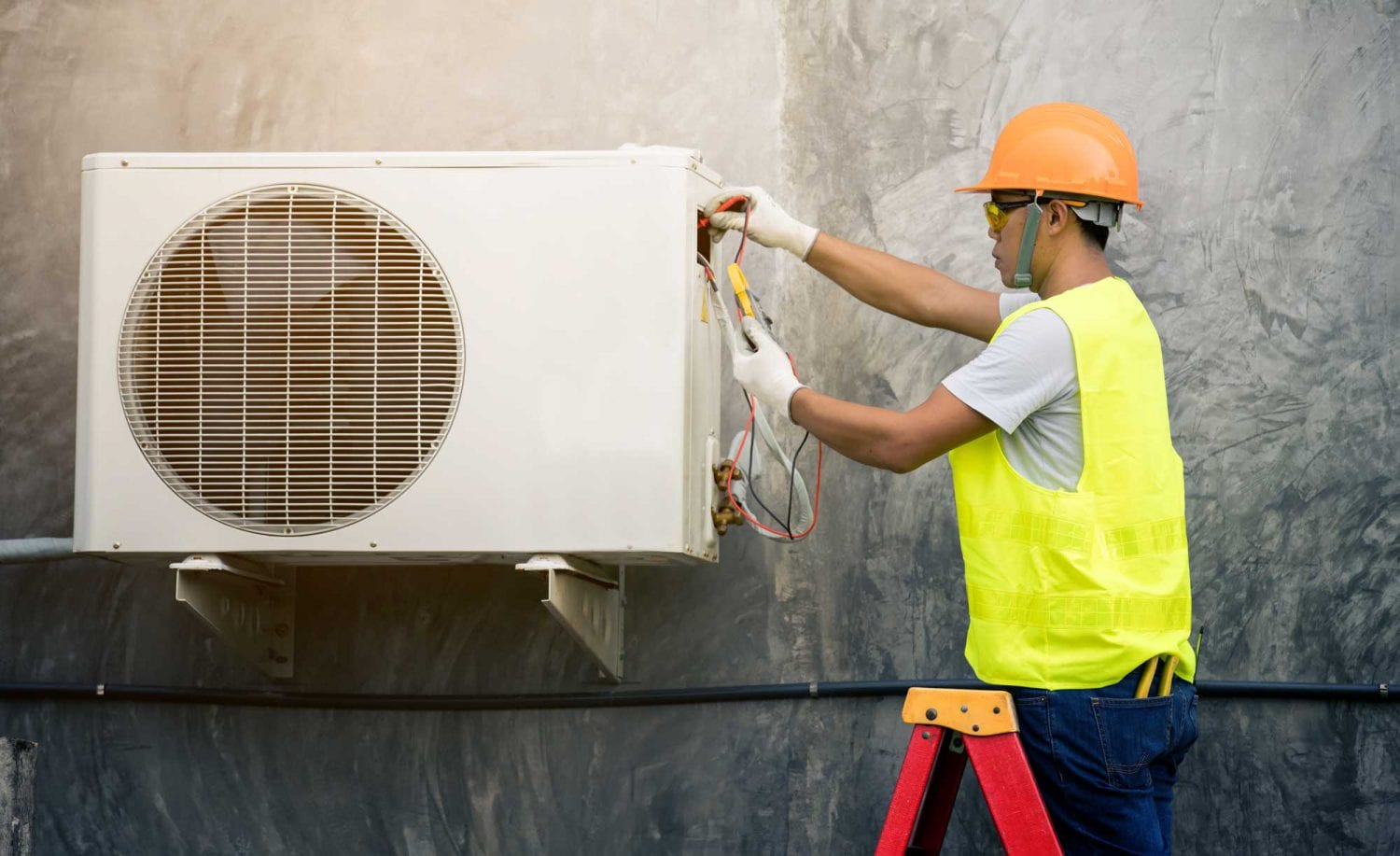

Planning & Engineering
What Is HVAC Zoning
Modified: October 20, 2024
Discover the key benefits of HVAC zoning and how it can enhance your comfort and energy efficiency. Get expert planning and engineering insights for optimal results.
(Many of the links in this article redirect to a specific reviewed product. Your purchase of these products through affiliate links helps to generate commission for Storables.com, at no extra cost. Learn more)
Introduction
When it comes to effectively heating and cooling our homes, a one-size-fits-all approach may not always be the most efficient or comfortable option. Enter HVAC zoning – a revolutionary concept that allows us to have customized temperature control in different areas or zones of our homes. In this article, we will explore the world of HVAC zoning, understanding its definition, benefits, functionality, and various types of systems available.
Imagine a scenario where you can adjust the temperature in your bedroom without affecting the rest of the house, or having the ability to keep the living room cool during the day while saving energy by reducing cooling in unoccupied areas. HVAC zoning makes these scenarios a reality by dividing your home into separate zones with independent temperature control.
By implementing HVAC zoning, you can say goodbye to constantly adjusting the thermostat or battling with hot and cold spots. Instead, you can create personalized comfort settings for each zone, optimizing energy usage, reducing utility bills, and enhancing the overall ambiance of your living space.
HVAC zoning isn’t just reserved for single-family homes – it can also be installed in multi-story apartments, commercial buildings, and even industrial facilities. The versatility and flexibility of HVAC zoning systems make them an attractive option for many property owners seeking optimal comfort and energy efficiency.
In the following sections, we will delve into the specifics of HVAC zoning, exploring how it works, the different types of systems available, essential components, factors to consider when implementing zoning, and addressing common misconceptions associated with this innovative technology. By the end, you will have a solid understanding of HVAC zoning and its potential to transform your living environment.
Key Takeaways:
- HVAC zoning offers personalized comfort, energy efficiency, and reduced utility bills by allowing customized temperature control in different areas or zones of homes and buildings.
- Common misconceptions about HVAC zoning, such as its cost and suitability, can be debunked, making it a viable and beneficial option for various building types and sizes.
Definition of HVAC Zoning
HVAC zoning refers to the practice of dividing a home or building into distinct areas or zones with separate temperature controls. This means that each zone can have its own thermostat, independently regulating the heating or cooling in that specific area.
Traditionally, HVAC systems operate on a single thermostat, which controls the temperature for the entire building. This can lead to inefficiencies, as different areas often have different heating and cooling needs. For example, you may want your bedroom to be cooler than the living room, or you may have a home office that requires its own temperature settings.
HVAC zoning solves this problem by allowing you to tailor the temperature in different zones according to individual preferences and usage patterns. By dividing a home or building into zones, you can eliminate wasted energy by only heating or cooling the areas that are in use.
Each zone in an HVAC zoning system is equipped with its own thermostat and motorized dampers in the ductwork. These dampers control the flow of conditioned air into each zone, allowing you to adjust the temperature as desired. The dampers open or close based on the temperature settings of each zone, ensuring precise control over the climate in different areas of the building.
These zoning systems can be further enhanced by the use of sensors and programmable thermostats. Sensors can detect occupancy in specific zones and adjust the temperature accordingly, while programmable thermostats allow you to set different temperature schedules for each zone throughout the day.
Overall, the concept of HVAC zoning provides homeowners and building occupants with the ability to create customized comfort settings for different areas. This not only improves comfort and convenience but also offers significant energy savings by reducing the need to heat or cool unoccupied spaces.
Benefits of HVAC Zoning
HVAC zoning comes with a myriad of benefits that make it an attractive solution for homeowners and building owners alike. Let’s explore some of the key advantages of implementing HVAC zoning:
- Increased energy efficiency: One of the primary benefits of HVAC zoning is improved energy efficiency. By only heating or cooling the zones that are in use, you can reduce energy wastage significantly. This targeted approach to temperature control can lead to substantial cost savings on your utility bills in the long run.
- Customized comfort: HVAC zoning allows for personalized comfort settings in different areas of your home or building. You can set the temperature according to individual preferences and needs, ensuring optimal comfort for everyone. Whether you prefer a cooler bedroom for sleeping or a warmer living room for relaxation, HVAC zoning gives you the flexibility to customize your environment to suit your specific requirements.
- Elimination of hot and cold spots: With a traditional HVAC system, it’s not uncommon to have hot and cold spots throughout the building. HVAC zoning eliminates this issue by providing individual temperature control for each zone. By balancing the airflow and temperature distribution, you can enjoy consistent comfort throughout the entire space, eliminating uncomfortable temperature disparities.
- Reduced wear and tear: HVAC zoning can also extend the lifespan of your heating and cooling equipment. By only operating the equipment in zones that require heating or cooling, you can reduce the overall runtime and workload on the system. This can result in reduced wear and tear, leading to fewer repairs and longer equipment life.
- Flexibility and adaptability: Another advantage of HVAC zoning is the flexibility it offers in accommodating changing needs and preferences. As your lifestyle or occupancy patterns change, you can easily adjust the zoning settings to match your requirements. Whether it’s converting a spare room into a home office or accommodating guests in a specific area, HVAC zoning allows you to adapt the temperature control to suit your evolving needs.
Overall, HVAC zoning offers a range of benefits, including increased energy efficiency, customized comfort, elimination of hot and cold spots, reduced wear and tear on equipment, and flexibility in adapting to changing needs. By implementing HVAC zoning, you can enhance your living or working environment while enjoying long-term cost savings and improved comfort.
How HVAC Zoning Works
Understanding how HVAC zoning works requires familiarity with the key components and mechanisms involved. Here’s a breakdown of the basic workings of an HVAC zoning system:
- Zone setup: To establish HVAC zoning, your home or building is divided into separate zones based on factors such as room usage, occupancy patterns, or individual temperature preferences. Each zone is equipped with its own thermostat, allowing for independent temperature control.
- Motorized dampers: Motorized dampers are installed within the ductwork of the HVAC system. These dampers regulate the airflow into each zone according to the temperature settings of the corresponding thermostat. When a particular zone requires heating or cooling, the damper opens to allow the airflow, while remaining closed for zones that do not require conditioning.
- Control panel: A control panel acts as the central hub of the HVAC zoning system. It receives signals from the thermostats in each zone, communicating with the appropriate motorized dampers to adjust the airflow accordingly. The control panel ensures that the desired temperature setting is maintained in each zone based on the input received from the thermostats.
- Sensors and programmable thermostats: Some HVAC zoning systems utilize sensors and programmable thermostats to enhance efficiency and comfort. Occupancy sensors are placed in specific zones to detect activity and adjust the temperature settings accordingly. Programmable thermostats allow for the creation of custom schedules, allowing different temperature settings to be programmed throughout the day in each zone.
- Zoning control strategies: HVAC zoning systems employ various control strategies to ensure efficient temperature regulation. This can include strategies such as static pressure control, which maintains a consistent airflow despite changes in the number of open zones, or discharge air temperature control, which adjusts the temperature to meet the demands of each open zone. These strategies ensure that the HVAC system operates at optimum efficiency throughout the varying conditions of the zoned areas.
By combining these elements, HVAC zoning systems provide precise control over the temperature in different areas or zones of your home or building. The system operates based on the input received from the thermostats, adjusting the motorized dampers to regulate the airflow and deliver heating or cooling as needed. This tailored approach to temperature control ensures that each zone maintains the desired comfort level, optimizing energy usage and providing a personalized environment for occupants.
Types of HVAC Zoning Systems
There are several types of HVAC zoning systems available, each with its own unique features and suitability for different applications. Let’s explore some of the common types of HVAC zoning systems:
- Zone dampers: This is the most common type of zoning system, which utilizes motorized dampers installed in the ductwork. These dampers open or close to control the airflow into each zone based on the temperature settings of the corresponding thermostat. Zone dampers provide precise control over individual zones and are compatible with both new and existing HVAC systems.
- Zone control panels: Zone control panels are responsible for coordinating the operation of the motorized dampers in an HVAC zoning system. These panels receive signals from individual thermostats and adjust the dampers accordingly to maintain the desired temperature in each zone. Zone control panels allow for easy management and customization of temperature settings in different areas.
- Wireless zoning: Wireless HVAC zoning systems utilize wireless thermostats and dampers, eliminating the need for complex wiring between the control panel, thermostats, and dampers. This wireless connectivity allows for greater flexibility in the placement of thermostats and ease of installation. Wireless zoning systems are particularly ideal for retrofitting into existing buildings where running wires can be challenging.
- Smart zoning: Smart zoning takes HVAC control to the next level by incorporating advanced technologies and connectivity options. Smart zoning systems often utilize programmable thermostats, occupancy sensors, and Wi-Fi connectivity. These systems can learn your preferences, adapt to your schedule, and even be controlled remotely through a smartphone app. Smart zoning offers convenience, energy savings, and enhanced comfort.
- Ductless mini-split systems: Ductless mini-split systems provide individual temperature control in each room or zone without the need for ductwork. These systems consist of outdoor units connected to multiple indoor units, each with its own thermostat. By eliminating the need for ducts, ductless mini-split systems offer a flexible and efficient solution for HVAC zoning, particularly in homes without existing ductwork.
Choosing the right type of HVAC zoning system depends on factors such as the size and layout of your home or building, the existing HVAC infrastructure, and your specific requirements and preferences. Consulting with a professional HVAC technician can help you determine the most suitable zoning system for your needs and ensure a proper installation.
HVAC zoning allows you to control the temperature of different areas in your home independently. This can help save energy and improve comfort by only heating or cooling the areas that are in use.
Components of HVAC Zoning Systems
HVAC zoning systems consist of several key components that work together to provide efficient and customized temperature control in different areas or zones. Let’s take a closer look at the essential components of an HVAC zoning system:
- Thermostats: Each zone in an HVAC zoning system is equipped with its own thermostat. Thermostats allow users to set their desired temperature in each specific zone and act as the control interface for temperature adjustments.
- Motorized dampers: Motorized dampers are installed within the ductwork of the HVAC system. These dampers open or close to regulate the airflow into each zone based on the temperature settings of the corresponding thermostat. Motorized dampers can be controlled individually or in groups, allowing for precise control over the distribution of conditioned air.
- Control panel: The control panel serves as the central hub of the HVAC zoning system. It receives signals from the individual thermostats and processes the data to adjust the motorized dampers accordingly. The control panel ensures that the desired temperature settings are maintained in each zone.
- Zoning sensors: Zoning sensors or occupancy sensors can be used to enhance the functionality and energy efficiency of an HVAC zoning system. These sensors detect occupancy or activity in specific zones and relay the information to the control panel. Based on the input from the sensors, adjustments can be made to the temperature settings and airflow distribution.
- Airflow balancing dampers: Airflow balancing dampers can be installed in the ductwork to help regulate the airflow between different zones. These dampers adjust the amount of air entering each zone to ensure a balanced distribution of conditioned air throughout the system.
- Programmable thermostats: Programmable thermostats offer advanced scheduling capabilities, allowing users to set different temperature profiles for each zone throughout the day. These thermostats can be programmed to automatically adjust temperature settings based on occupancy patterns or time of day, optimizing energy usage and comfort.
- Zone control panel: In some HVAC zoning systems, a zone control panel may be included. This panel acts as a central control unit for the entire zoning system, providing a convenient interface for monitoring and adjusting temperature settings in each zone.
Each of these components plays a crucial role in the functionality of an HVAC zoning system. Together, they allow for precise temperature control, energy optimization, and customized comfort in different areas or zones of a home or building.
Factors to Consider When Implementing HVAC Zoning
Implementing HVAC zoning requires careful consideration of various factors to ensure a successful and effective installation. Here are some key factors to keep in mind when planning to implement an HVAC zoning system:
- Building design and layout: The design and layout of your home or building will play a significant role in determining the feasibility and effectiveness of HVAC zoning. Consider factors such as the number of floors, room sizes, and the existing ductwork system, if applicable. Some building designs may be more conducive to zoning than others, so it’s important to assess the compatibility before proceeding.
- Thermal load analysis: Conducting a thorough thermal load analysis is crucial in identifying areas of varying temperature requirements within your home or building. This analysis takes into account factors such as sun exposure, insulation, and room usage patterns to determine the heating and cooling needs of different zones. Understanding the thermal load will help you optimize the zoning system, ensuring that each zone receives the appropriate amount of conditioned air.
- Zoning strategy: Determine the most suitable zoning strategy for your needs. Consider whether you want each room to have its own zone or if grouping certain areas together makes more sense. Additionally, decide whether you want to utilize occupancy sensors, programmable thermostats, or other advanced features to enhance the efficiency and comfort of the system.
- Equipment compatibility: Assess the compatibility of your existing HVAC equipment with a zoning system. Many HVAC systems can be retrofitted with zoning capabilities, but it’s important to verify this with an HVAC professional. In some cases, it may be necessary to upgrade or replace certain components to ensure proper integration and functionality.
- Professional installation: HVAC zoning systems are complex and require professional installation for optimal performance. Consult with an experienced HVAC technician who specializes in zoning to assess your specific needs, recommend appropriate equipment, and ensure a proper installation. Professional installation will help avoid potential pitfalls and ensure that the system operates smoothly and efficiently.
- Cost and budget: Consider your budget and prioritize the features and components that align with your needs. HVAC zoning systems can vary in cost depending on factors such as the size of the building, the complexity of the installation, and the desired features. Determine a budget and work with an HVAC professional to find a solution that fits within your financial constraints.
By considering these factors and consulting with an HVAC professional, you can ensure a successful implementation of an HVAC zoning system that maximizes comfort, energy efficiency, and overall satisfaction.
Common Misconceptions About HVAC Zoning
While HVAC zoning offers numerous benefits and can greatly improve comfort and energy efficiency, there are several misconceptions that can create confusion about its effectiveness. Let’s debunk some of the common misconceptions about HVAC zoning:
- HVAC zoning is only for new construction: One common misconception is that HVAC zoning is only feasible during the construction phase of a building. In reality, HVAC zoning can be implemented in both new constructions and existing buildings through retrofitting techniques. With the help of a professional HVAC technician, zoning systems can be installed and integrated into existing heating and cooling systems.
- HVAC zoning is too expensive: While there is a cost associated with installing an HVAC zoning system, the long-term energy savings and increased comfort often outweigh the initial investment. Furthermore, the cost of zoning systems has become more affordable over the years, making them a viable option for various budgets. It’s important to consider the potential cost savings and benefits over time when evaluating the overall value of HVAC zoning.
- HVAC zoning creates drafts or temperature imbalances: Another misconception is that HVAC zoning can cause drafts or uneven temperature distribution throughout the building. However, with proper design, installation, and airflow balancing, these issues can be minimized or completely eliminated. By working with an experienced HVAC professional who understands zoning systems, you can ensure that the airflow is properly balanced, preventing any discomfort or temperature imbalances.
- HVAC zoning leads to increased maintenance: Some may believe that implementing HVAC zoning will result in more frequent maintenance requirements and increased complexity. However, modern zoning systems are designed to be efficient and reliable, and their maintenance needs are similar to traditional HVAC systems. Regular HVAC maintenance, such as filter changes and system tune-ups, is still necessary, but zoning systems do not inherently require more maintenance than non-zoned systems.
- HVAC zoning is not suitable for small homes or apartments: It’s a common misconception that HVAC zoning is only beneficial in larger homes or commercial buildings. However, HVAC zoning can be equally effective in smaller homes or apartments. On a smaller scale, zoning can provide more precise temperature control in individual rooms or areas, enhancing comfort and energy efficiency.
It’s important to consult with an HVAC professional to receive accurate information and guidance about HVAC zoning. They can address any misconceptions and provide insights tailored to your specific needs and requirements. Understanding the facts about HVAC zoning will help you make informed decisions and fully reap the benefits that zoning systems can offer.
Conclusion
HVAC zoning is an innovative solution that allows for customized temperature control in different areas or zones of your home or building. By dividing the space into separate zones and utilizing thermostats, motorized dampers, and control panels, HVAC zoning systems provide personalized comfort, energy efficiency, and improved indoor climate control.
By implementing HVAC zoning, you can enjoy a range of benefits, including increased energy efficiency, customized comfort settings, elimination of hot and cold spots, reduced wear and tear on equipment, and flexibility in adapting to changing needs. HVAC zoning systems offer a versatile and adaptable solution, suitable for a variety of building types and sizes.
Factors such as building design, thermal load analysis, equipment compatibility, and professional installation should be considered when planning to implement an HVAC zoning system. Consulting with an experienced HVAC professional will help ensure a successful installation and optimal performance of the system.
It’s important to address common misconceptions about HVAC zoning, such as the belief that it’s only for new construction or that it leads to drafts or temperature imbalances. In reality, HVAC zoning can be installed in existing buildings, properly designed to prevent discomfort, and offer energy and cost savings over time.
In conclusion, HVAC zoning provides a practical and effective solution for enhancing comfort, energy efficiency, and indoor climate control. By tailoring temperature settings to individual zones, HVAC zoning systems can transform your living or working environment, providing personalized comfort and significant energy savings.
Frequently Asked Questions about What Is HVAC Zoning
Was this page helpful?
At Storables.com, we guarantee accurate and reliable information. Our content, validated by Expert Board Contributors, is crafted following stringent Editorial Policies. We're committed to providing you with well-researched, expert-backed insights for all your informational needs.

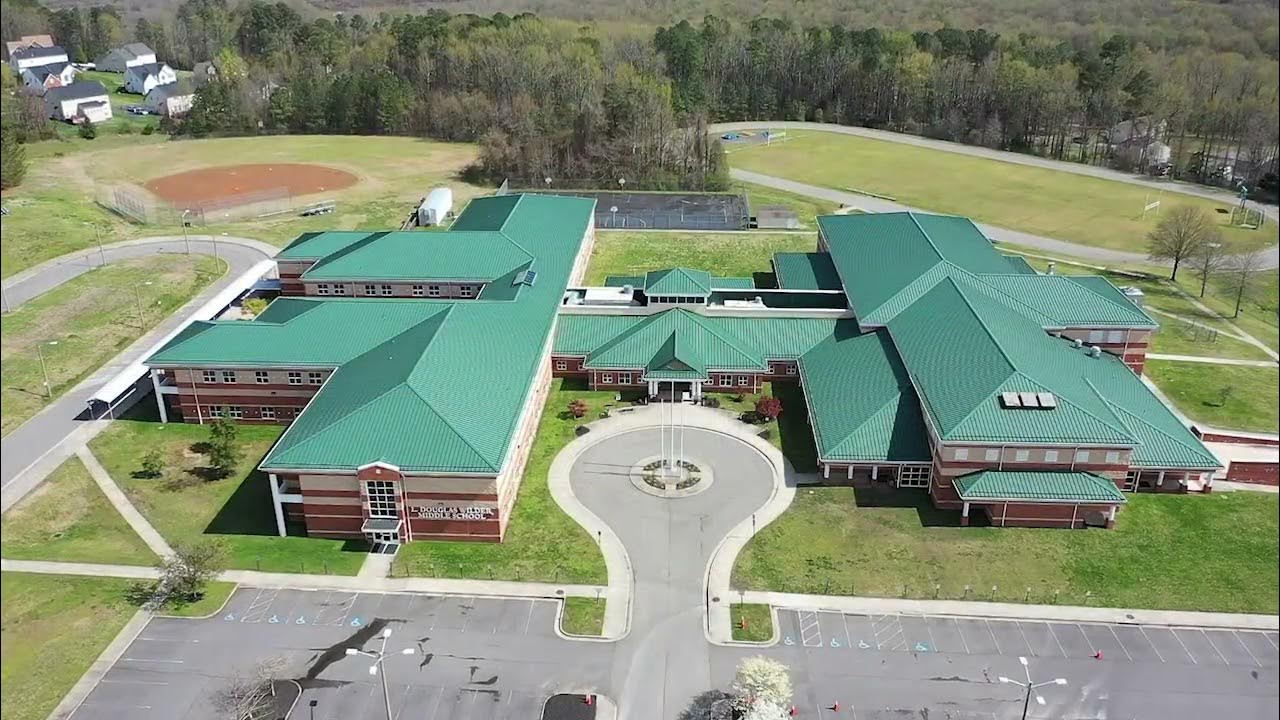


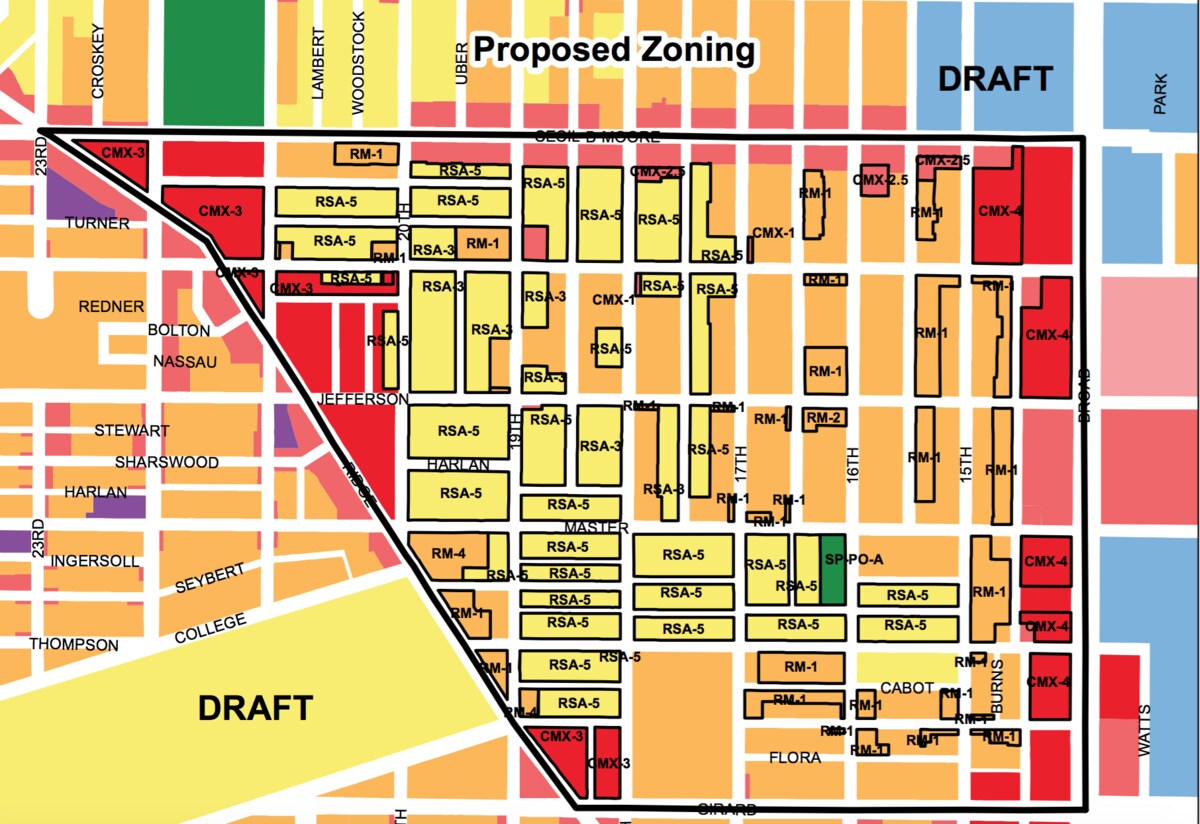
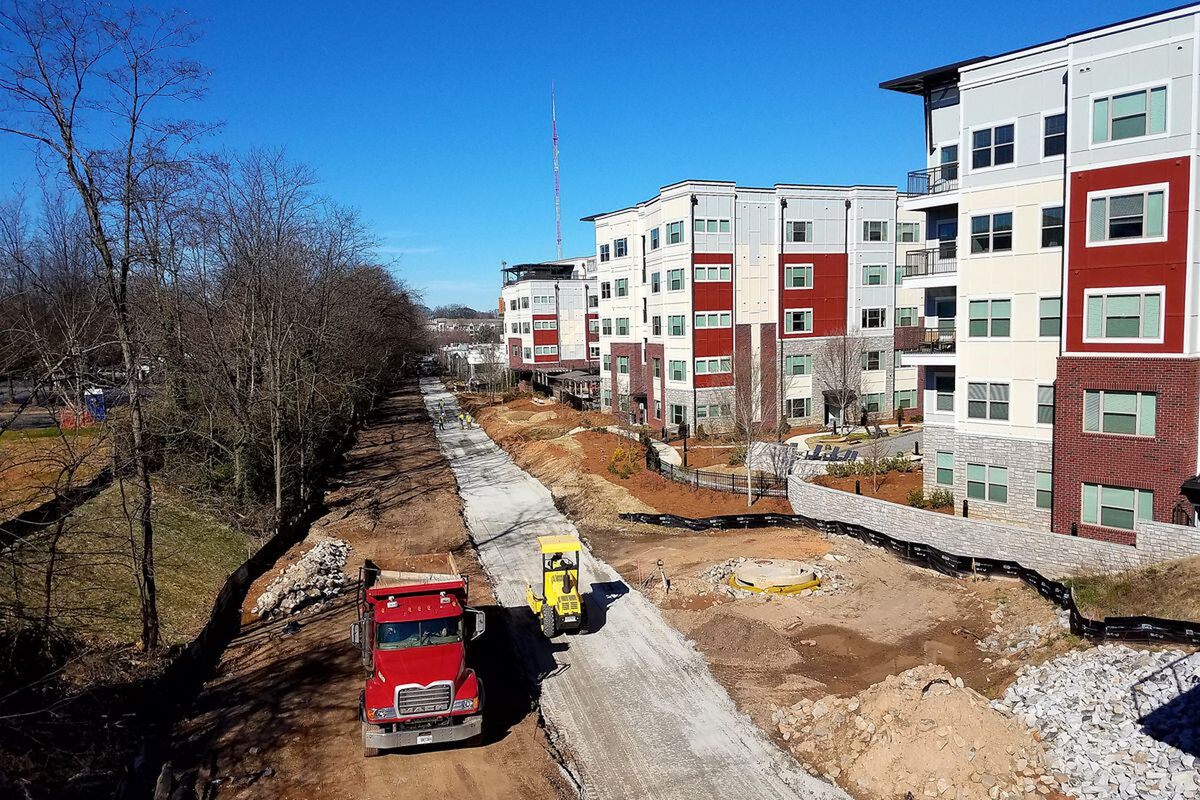

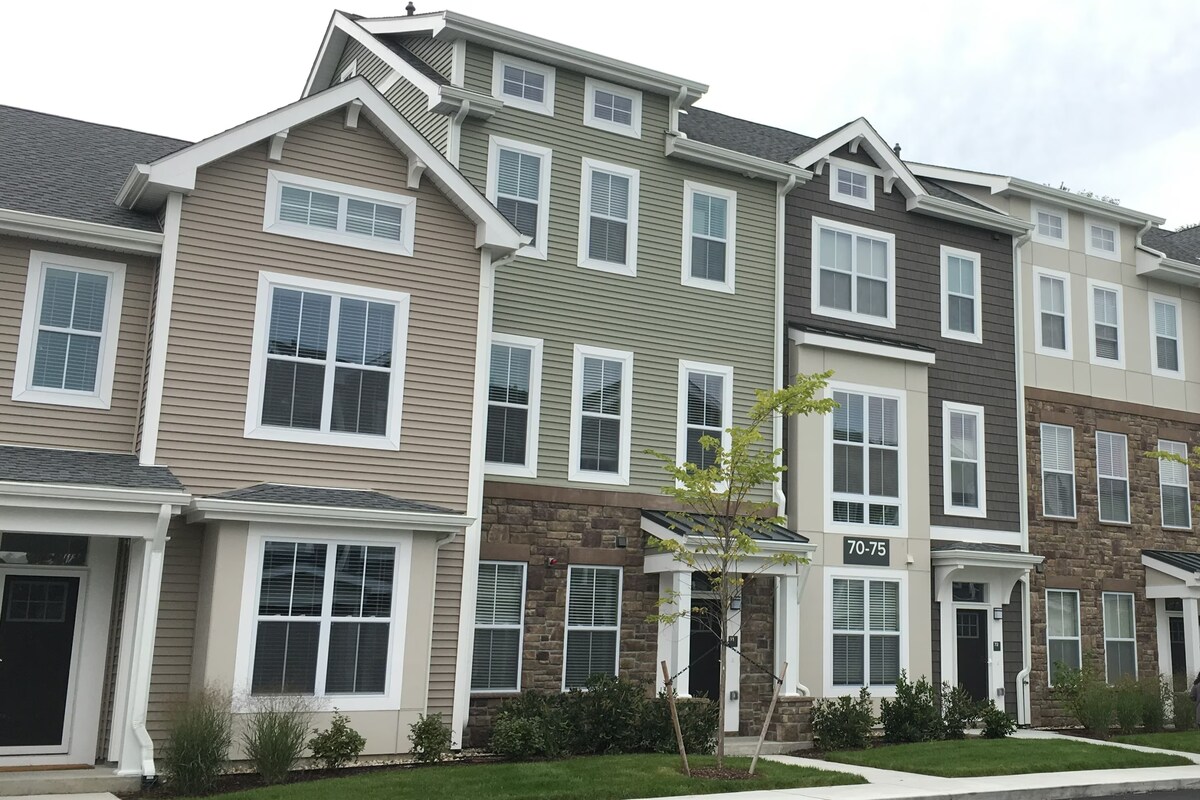
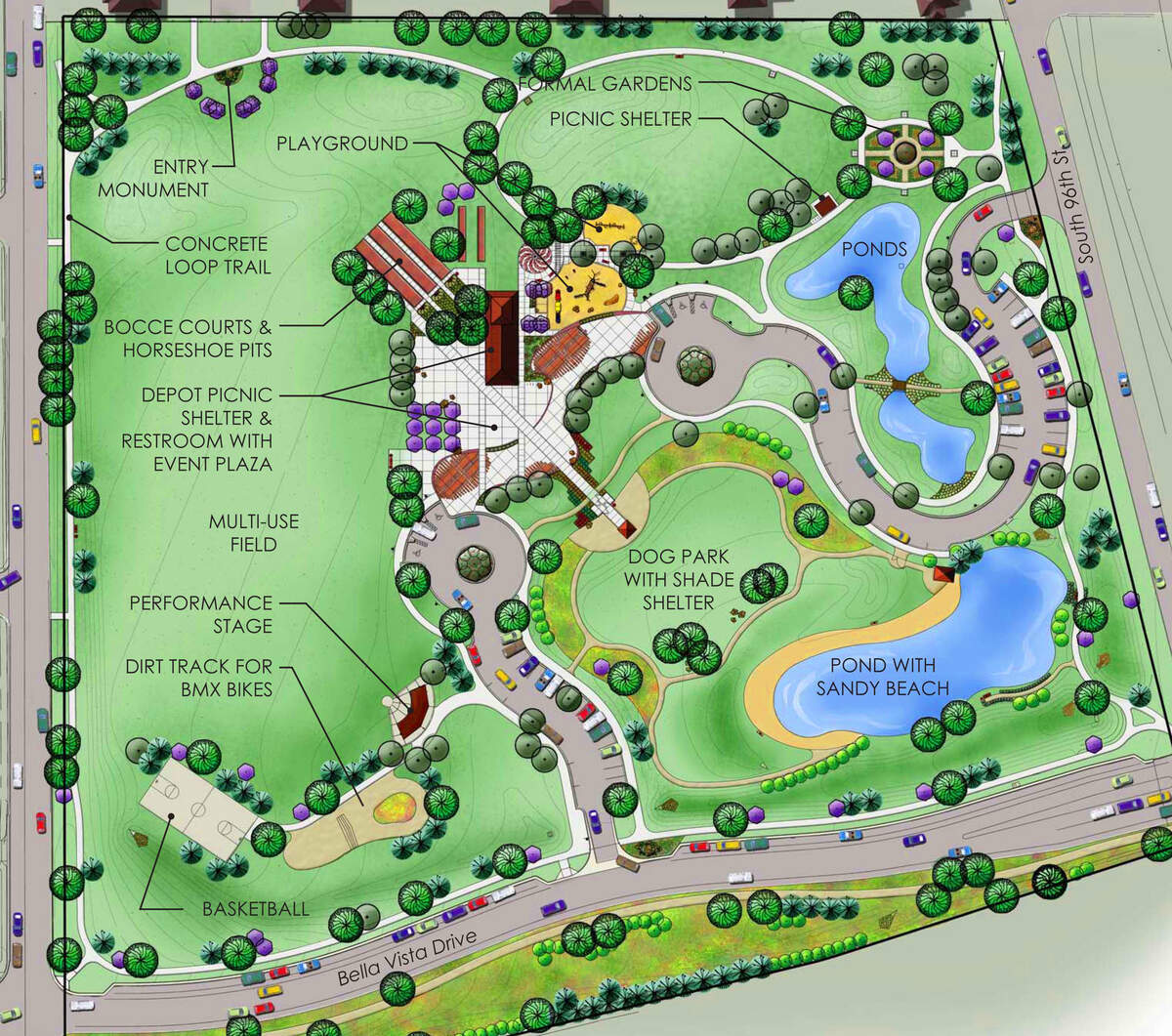
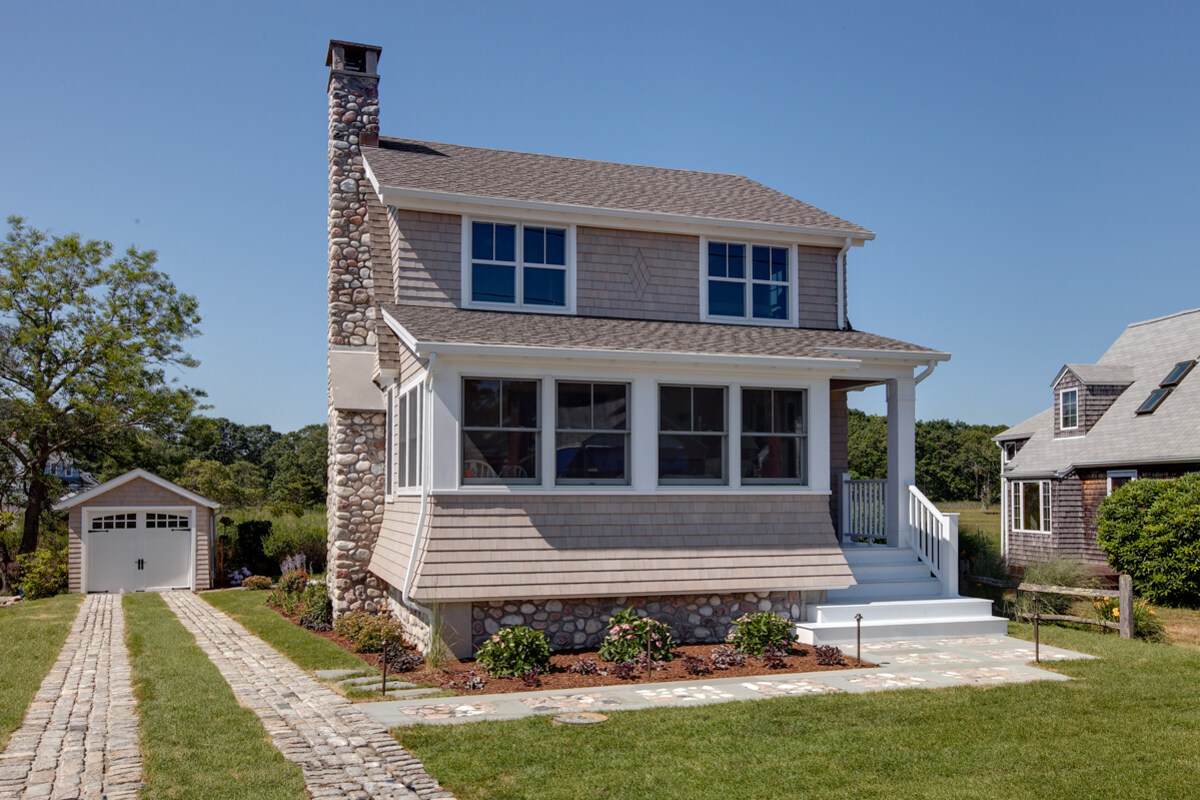


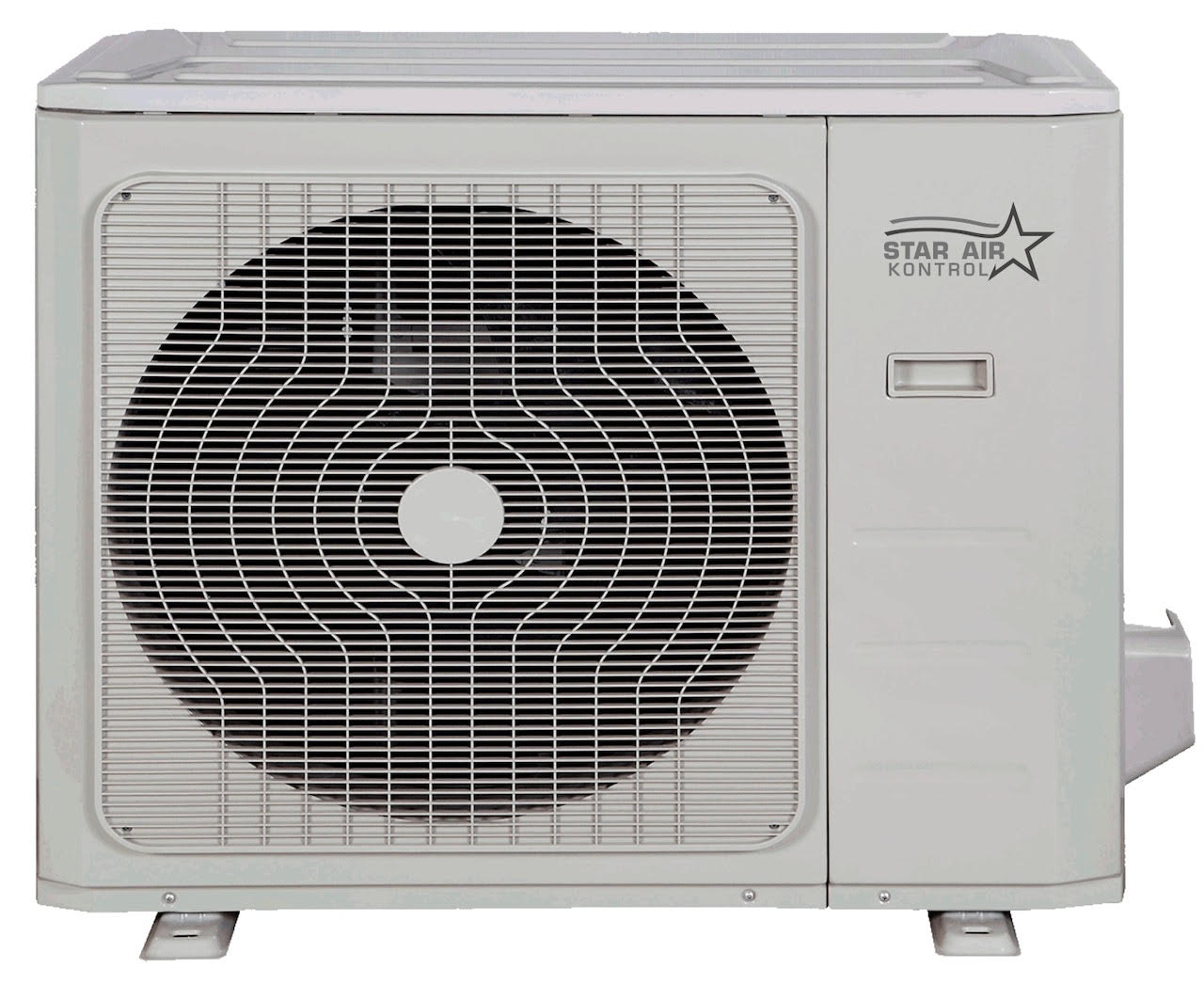
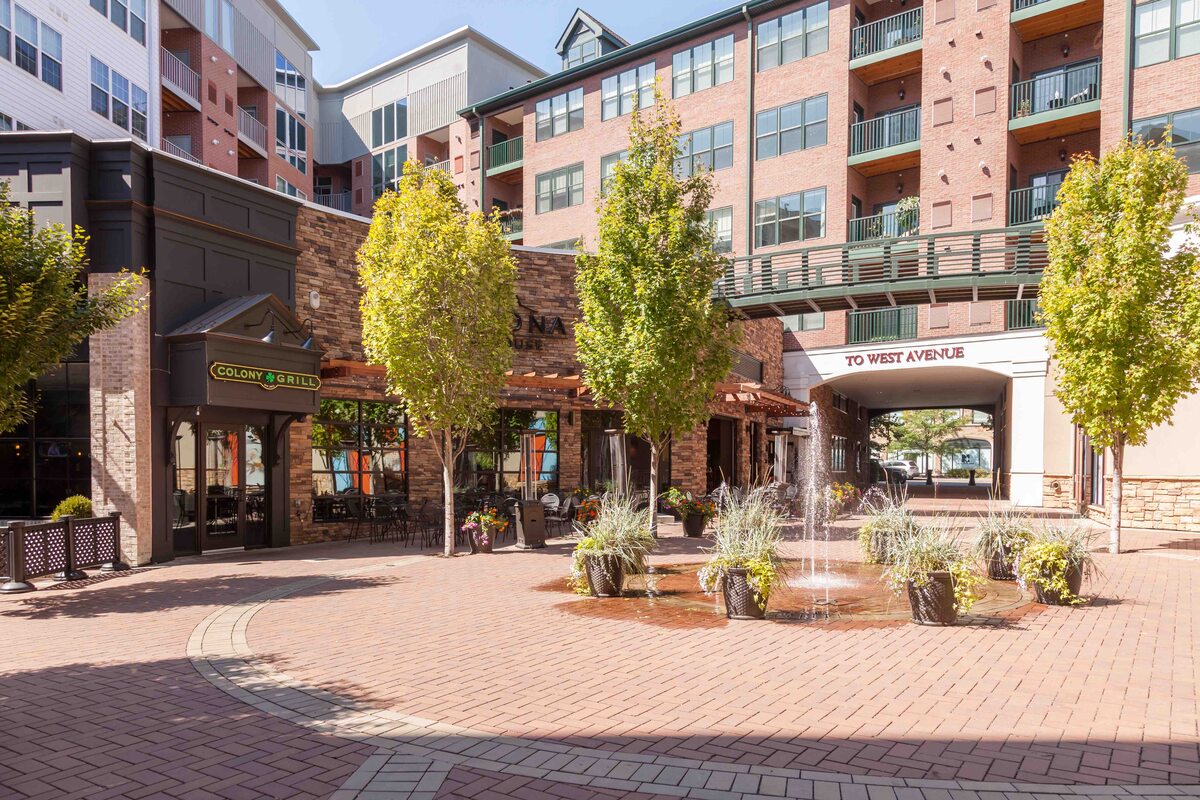

0 thoughts on “What Is HVAC Zoning”